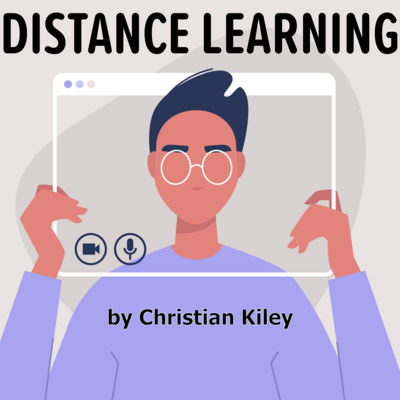A squirt gun would never be mistaken for a real gun, right? Dive into the thought-provoking world of Water. Gun. Argument and challenge what we choose to believe. A thought provoking and powerful piece in a docu-theatre style.
Exercise: Rewrite the Ending
It’s fun and interesting to imagine alternate endings to our favourite musicals. What if Annie had ended up being adopted by Lily and Rooster in Annie? What if the Von Trapp family wasn’t able to leave Austria in The Sound of Music? What if Amber won the Miss Teenage Hairspray pageant crown instead of Little Inez in Hairspray? Or, what if something completely off the wall happened – the Phantom in The Phantom of the Opera turned out to be an alien, or Fagin and the Artful Dodger in Oliver! ran away and moved to Canada?
In this exercise, students will have the opportunity to rewrite the ending of a musical in any way they wish. Not only will they write a brand-new ending, but they’ll also compose the lyrics to a new song.
The following exercise can be a purely written assignment or you can have students perform their creations as well. This exercise can be done individually or in partners/small groups.
Instructions:
1. Select a musical with a film version that is available for your students to watch. There are many out there! Here are just a few to start: Into the Woods, Les Miserables, Mamma Mia!, Sweeney Todd, Dreamgirls, Grease, The Sound of Music, The Wizard of Oz, or any Disney musical. You can have the full class study the same musical, or assign different musicals to different students.
2. Students will write a brief synopsis of the musical in their own words – no more than five sentences.
3. Students will then rewrite the ending of the musical with a new song. The new ending can be serious, silly, satirical, scary, or whatever students wish.
Here are some examples of new and different endings for The Wizard of Oz:
- Dorothy decides to stay in Oz and rule over Emerald City.
- Dorothy is angry with Glinda for not telling her about the power of the ruby slippers and melts her with a bucket of water too.
- Dorothy never wakes up from her dream and Aunt Em and Uncle Henry mourn the loss of their niece.
- Dorothy gets in the hot air balloon with the Wizard and goes on a new adventure to Omaha.
- Glinda also turns out to be a wicked witch and wages another battle with Dorothy for the ruby slippers.
4. Students will write a one-sentence synopsis of their new ending, and then write a script of the new final scene. Minimum length: 2 pages. Maximum length: 5 pages. Proper script formatting is required. You can see examples of script formatting on Theatrefolk’s Free Resources page.
5. The script must include a new song. Students may use an existing song and re-write the lyrics, or compose a brand-new song if they like. The song lyrics do not count towards the scene page count, but students should note where in the scene the song goes, and what character sings the song. If students are adapting an existing song, they may select a song of any genre (pop, rock, country, musical theatre, etc.), but they should choose a song that is stylistically appropriate for the mood of the new scene and style of the musical. Students must include a new title for the song, and indicate what the adapted song was. For example: “Time To Go” (sung to the tune of “Shake It Off” by Taylor Swift). If students are composing a new tune for their song, they must include a method of notation – either writing out the sheet music or guitar tabs, or recording themselves performing the song (audio or video).
6. Students will submit their scenes and song lyrics for evaluation, along with a written reflection.
Performance Option: If you wish, students can present their creations as a staged reading with scripts in hand. They can be assigned additional group members depending on the number of roles in their scripts. It is recommended that the student playwright cast themselves in the role that has the new song, so they sing it themselves, but if another student is willing to sing instead, that is acceptable.
Distance Learning Adaptation: Students can complete the written portion (scene and song lyrics) electronically to the teacher via email, or by uploading to Google Drive or similar. For the performance option, students can present their own songs live via a video conferencing program such as Zoom or Google Hangouts, or film themselves singing their song and either upload it to a private class YouTube channel or submit the video to the teacher electronically. Completed scripts can be distributed electronically to the class and read aloud together (as a group play reading, rather than a performance) via video conferencing.
Related Articles
Create Your Own Choice Board: Drama Activities
by Lindsay Price
Choice boards give students the opportunity to choose how they want to learn a particular subject. Create Your Own Choice Boards: Drama Activities can help encourage your students' independence by allowing them to take an active role in their learning.
Distance Learning
by Christian Kiley
A play about trying to survive and thrive in a virtual classroom.
